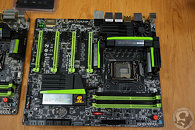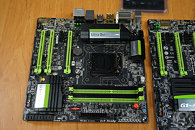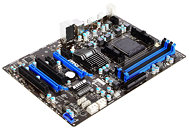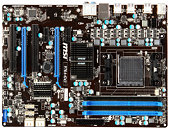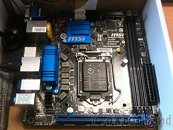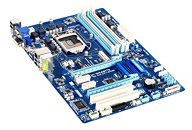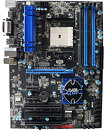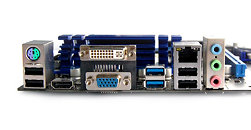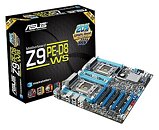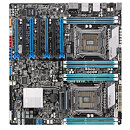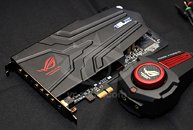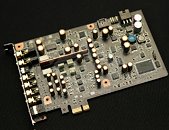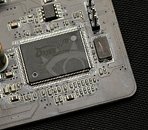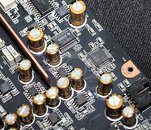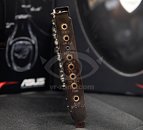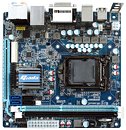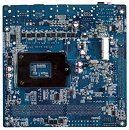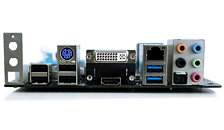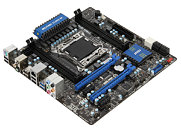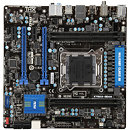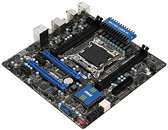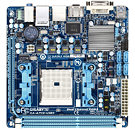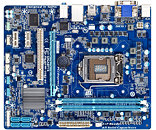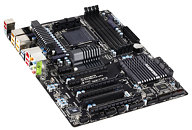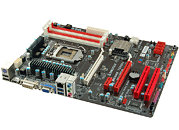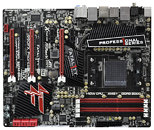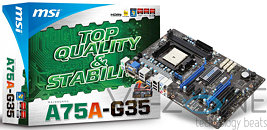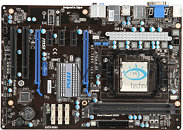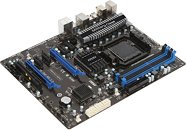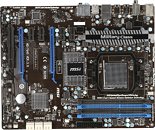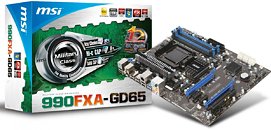
GIGABYTE G1.Sniper 5 and G1.Sniper M5 Motherboards Pictured
At a media event held in its Taipei headquarters, GIGABYTE demonstrated its AMP-UP integrated audio solution that will feature on some of its upcoming motherboards. On that pretense, it even got to show of two of its top socket LGA1150 motherboards, built for Core "Haswell" processors, the G1.Sniper 5, and the G1.Sniper M5. Positioned in gamer-overclocker targeted G1.Killer series, the two boards are based on Intel Z87 Express chipset. The G1.Sniper 5 is the larger standard ATX motherboard; while the M5 is a compact micro-ATX offering. The pictures also confirm that socket LGA1150 retention module and bolt-spacing is identical to sockets LGA1155 and LGA1156.
The G1.Sniper 5 appears to feature a 16-phase VRM, which uses ferrite-core chokes, and the same International Rectifier PowIRstage components as Ultra Durable 5 motherboards from the previous generation. This time around, the CPU plays a greater role in voltage regulation. The driver-MOSFETs on the board are cooled by an active fan-heatsink, which also has a liquid channel running through it, so you could make it part of your CPU loop. Thankfully GIGABYTE didn't let its imagination run away with designs of the other heatsinks on the board, one of which cools the Z87 Express chipset, and the other we imagine, a PLX PEX8747 48-lane PCI-Express 3.0 bridge chip. This chip gets you 4-way SLI/CrossFireX support.
The G1.Sniper 5 appears to feature a 16-phase VRM, which uses ferrite-core chokes, and the same International Rectifier PowIRstage components as Ultra Durable 5 motherboards from the previous generation. This time around, the CPU plays a greater role in voltage regulation. The driver-MOSFETs on the board are cooled by an active fan-heatsink, which also has a liquid channel running through it, so you could make it part of your CPU loop. Thankfully GIGABYTE didn't let its imagination run away with designs of the other heatsinks on the board, one of which cools the Z87 Express chipset, and the other we imagine, a PLX PEX8747 48-lane PCI-Express 3.0 bridge chip. This chip gets you 4-way SLI/CrossFireX support.
